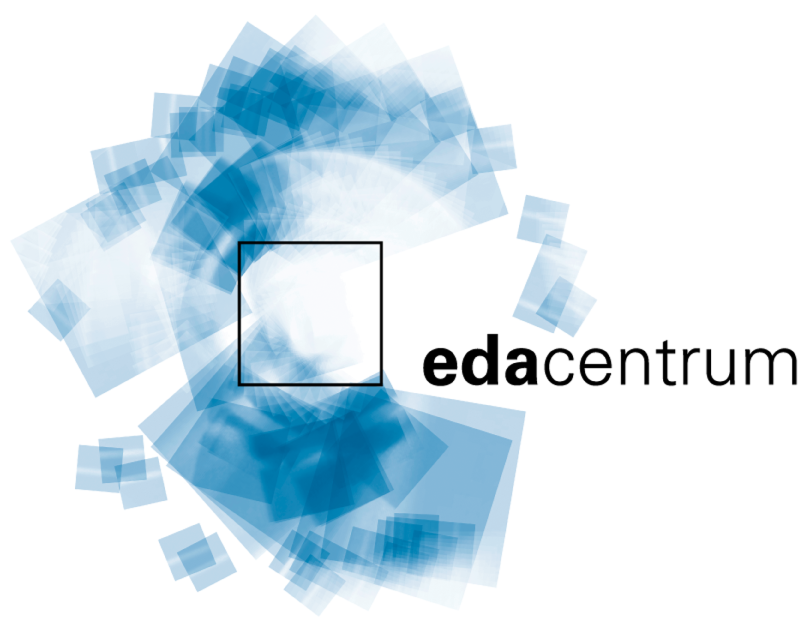edaWorkshop07 - Kooperationsmarkt Ausstellerinfo
Der Kooperationsmarkt während des edaWorkshop - Informationen für Teilnehmer/Aussteller
Informationen für Besucher des Kooperationsmarktes finden Sie hier.

Stellen Sie Ihre Forschungseinrichtung oder ihr Start-up-Unternehmen auf dem Kooperationsmarkt des edacentrum vor! Treffen Sie interessierte Industrievertreter und präsentieren Sie sich im Rahmen des edaWorkshops an zwei Tagen mit Ihren Konzepten und Ideen!
Der Kooperationsmarkt findet im Rahmen der Posterausstellung des edaWorkshops statt. Dort werden weit über 100 Ingenieure und Manager aus der EDA- und Halbleiterindustrie erwartet. Zudem bietet der edaWorkshop eine Kontaktmöglichkeit zu Fachpresse, Fördergeber und Investoren.
Die Teilnahme ist für alle Einrichtungen offen:
Je teilnehmender Person ist eine Anmeldung zum edaWorkshop erforderlich. Es fallen keine weiteren Kosten an. Die Werbungskosten übernehmen wir für Sie!
Unsere Leistungen für Sie:
Präsentation Ihrer Konzepte und Ideen auf einer Posterwand (DIN A0) innerhalb der Posterausstellung des edaWorkshops. Bei Bedarf stehen auch Tische, Stühle und ein Stromanschluß zur Verfügung.
Darüber hinaus bieten wir:
- Vorabwerbung im newsletter edacentrum
- Vorstellung der Teilnehmer in einem Übersichtsvortrag auf dem edaWorkshop
- Erstellung eines Kooperationsmarkt-Programms (s.u.) zum Verteilen
- Verfassen eines Resümee-Artikels für den newsletter edacentrum
- Präsentation auf den edacentrum Web-Seiten
- Aufnahme der Aussteller im edaAtlas
Anmeldeschluss für Aussteller im Kooperationsmarkt ist der 11. Mai 2007.
Ergänzende Informationen finden Sie hier (.pdf).
Vorlagen für Teilnehmer des Kooperationsmarktes erhalten Sie hier (.zip).
Abgabetermin ist der 22. Mai 2007
Wir gestalten für Sie das Kooperationsmarkt-Programm. Darin enthalten sind:
- Ihr Profil
- Ihre Forschungsschwerpunkten
- Eine Einordnung Ihrer Themen in die edaMatrix
- Ihr Projektangebot
klicken Sie auf das Bild,
um eine grössere Ansicht des Programms zu erhalten
Anmeldung und Information bei:
Frau Dr. Cordula Hansen
edacentrum
fon: +49 5 11 7 62 - 1 96 99

Überzeugen Sie sich selbst: Werfen Sie einen Blick auf die bisherigen Kooperationsmarkt-Veranstaltungen:
- Kooperationsmarkt 2006 mit 13 Teilnehmern
- Kooperationsmarkt 2005 mit fünf Teilnehmern
- Kooperationsmarkt 2004 mit neun Teilnehmern
- Kooperationsmarkt 2003 mit sieben Teilnehmern

